Serving The Greater Portland Metro Area
24 Hour Emergency Service
6 Factors That Impact Tree Survivability
Tree survivability is shaped by a complex interplay of biological, environmental, and human factors. A tree’s ability to thrive depends not only on its genetics but also on the quality of its surroundings and the impact of human activities. In this article, we’ll explore the key factors that determine a tree's health, its resilience, and when tree removal is necessary.
1. Soil Quality and Composition
Soil quality is vital for tree health and growth, as nutrient availability in the soil affects a tree’s photosynthesis and tissue development. A balanced mix of macronutrients like nitrogen, phosphorus, and potassium, alongside essential micronutrients, supports tree health and disease resistance. Soil pH is another critical factor, influencing nutrient solubility and uptake; most trees prefer slightly acidic to neutral pH levels. Regular pH testing ensures that trees can access necessary nutrients.
Soil erosion can destabilize tree roots and strip away nutrient-rich topsoil, making trees more vulnerable to damage and requiring careful management. Soil degradation can increase maintenance costs, underscoring the importance of managing soil conditions to support tree health.
2. Water Availability and Management
Water is essential for tree survival, affecting photosynthesis, nutrient uptake, and growth. Trees primarily rely on groundwater, which depends on the depth of their roots and the availability of aquifers. In regions with limited groundwater, trees may suffer from stress, stunted growth, and increased susceptibility to disease. Rainfall patterns further influence water availability, with both droughts and excessive rainfall posing risks. Drought stress can cause long-term damage or tree death, while too much water can suffocate roots and promote diseases like root rot.
Effective water management, including irrigation, can supplement natural water sources in regions with inconsistent rainfall. Customizing irrigation schedules and techniques based on tree species and environmental conditions maximizes efficiency. In addition, choosing drought-resistant species can be crucial for regions prone to water scarcity. Overwatering should always be avoided, as it can lead to root rot and other health issues.
In urban areas, water management is complicated by impervious surfaces and altered drainage patterns. Solutions like rain gardens, permeable pavements, and careful water flow management help ensure trees receive adequate water. Understanding a tree’s specific water needs is key to maintaining its health.
3. Climatic Conditions
Climatic conditions, including temperature, humidity, and sunlight, greatly influence tree survival. Trees are adapted to specific temperature ranges, and deviations can cause physiological stress. Sudden cold snaps can damage tissues, while extreme heat can deplete water resources. Fluctuating temperatures also increase susceptibility to pests that thrive in certain thermal conditions. Understanding the ideal temperature range for tree species helps ensure successful planting.
In addition, it's important to remember that humidity affects water retention and disease resistance. High humidity can foster fungal growth, while low humidity increases transpiration, causing trees to require more water. Balancing humidity is essential for maintaining tree health and disease resistance. Sunlight exposure directly influences photosynthesis and growth. Too much sunlight can cause sunscald or heat stress, while insufficient sunlight can hinder growth.
Inclement weather plays a significant role in tree survivability, as extreme conditions can cause physical damage and stress. Severe storms, high winds, hail, and flooding can all weaken trees, sometimes leading to broken branches, uprooting, or complete tree loss. Trees with compromised roots, whether from soil erosion or poor water management, are especially vulnerable during such events. Additionally, fluctuating temperatures, including sudden cold snaps or early frosts, can damage tree tissues, leading to long-term harm or death.
To mitigate these risks, it's important to assess tree health and stability regularly, especially in areas prone to extreme weather. For instance, trees that are more than 50% damaged due to storms or weather-related factors should be removed to ensure safety, according to the Arbor Day Foundation. Proactive measures, such as pruning dead branches and ensuring strong root systems, can also help minimize the impact of storms and reduce the likelihood of severe damage.
4. Biological Interactions
Trees interact with various organisms in their ecosystem, which can either help or hinder their survival. Pests and diseases pose significant threats, weakening trees if left unmanaged. Pests like beetles and aphids, and diseases such as mildew or root rot, thrive under certain conditions but can be controlled with proper management and preventative treatments. Beneficial biological interactions, like those with fungi through mycorrhizal associations, enhance nutrient uptake and disease resistance, strengthening tree health.
Trees also face competition from invasive species, which can stress them by competing for light, water, and nutrients. Managing these invasive species through removal and habitat management is essential for reducing competitive pressures on trees. Pollinators and seed dispersers, including birds and insects, play vital roles in tree reproduction and genetic diversity, ensuring that tree populations remain sustainable.
Invasive species, lacking natural predators, can disrupt the balance of ecosystems, threatening native tree populations. Early detection and eradication of invasive species are critical to preventing widespread damage. Maintaining ecological balance promotes tree resilience and ensures the survival of diverse tree species.
5. Human Impact and Urbanization
Human activities, including urbanization, agriculture, and infrastructure development, significantly impact tree survivability. Urbanization leads to habitat fragmentation, reducing space for trees to grow. In many cases, native trees are replaced by non-native species that are less suited to local conditions. Urban planning must integrate green spaces and ensure connectivity between habitats to support tree health and biodiversity.
Pollution, especially air pollution from industrial emissions and vehicle exhaust, can harm trees. Pollutants can impair photosynthesis and increase tree stress. Acid rain, a direct result of air pollution, alters soil chemistry, depleting essential nutrients needed for tree growth. To mitigate these effects, cleaner technologies, increased green spaces, and emission reduction policies are vital.
Urban heat islands (UHIs), which occur when human development raises temperatures, can stress trees by altering local temperature and water conditions. Strategies like reflective roofs and permeable pavements can help mitigate UHI effects. Construction practices that protect tree roots and minimize soil compaction are also essential. Urban conservation and sustainable design are key to supporting tree populations in cities.
6. Genetic Factors
Genetic traits are fundamental to a tree's adaptability and resilience. Different tree species exhibit genetic characteristics that influence their ability to survive in various climates and conditions. Selecting species with genetics suited to specific environmental contexts enhances tree survival and longevity. Genetic diversity within species ensures ecosystem resilience by providing trees with the ability to adapt to environmental changes.
Breeding programs focus on improving trees' resistance to pests, diseases, and environmental stresses, promoting hardier, more resilient trees. These programs also help preserve heritage species important to cultural and ecological identity. Cloning and propagation techniques ensure that desirable genetic traits are preserved and can aid reforestation efforts.
Conserving genetic diversity is essential for maintaining healthy tree populations. By studying genetic traits, scientists can develop strategies to enhance tree resilience against future challenges, ensuring trees continue to thrive in changing environments.
Tree survivability is influenced by a combination of soil quality, water availability, climate conditions, biological interactions, human impact, and genetic factors. Understanding these interconnected elements allows for better forest management, urban landscaping, and conservation efforts. By considering these factors in planning and management, we can enhance tree health, improve ecosystems, and promote sustainability. Collaboration among scientists, policymakers, and the public is essential for preserving trees and ensuring their survival for future generations. Are you looking for an expert source of
tree removal services? Contact Eduardo's Tree Service today to get started.
Serving The Greater Portland Metro Area

HOURS
HOURS
24-hour Emergency Service - (503) 209-2938

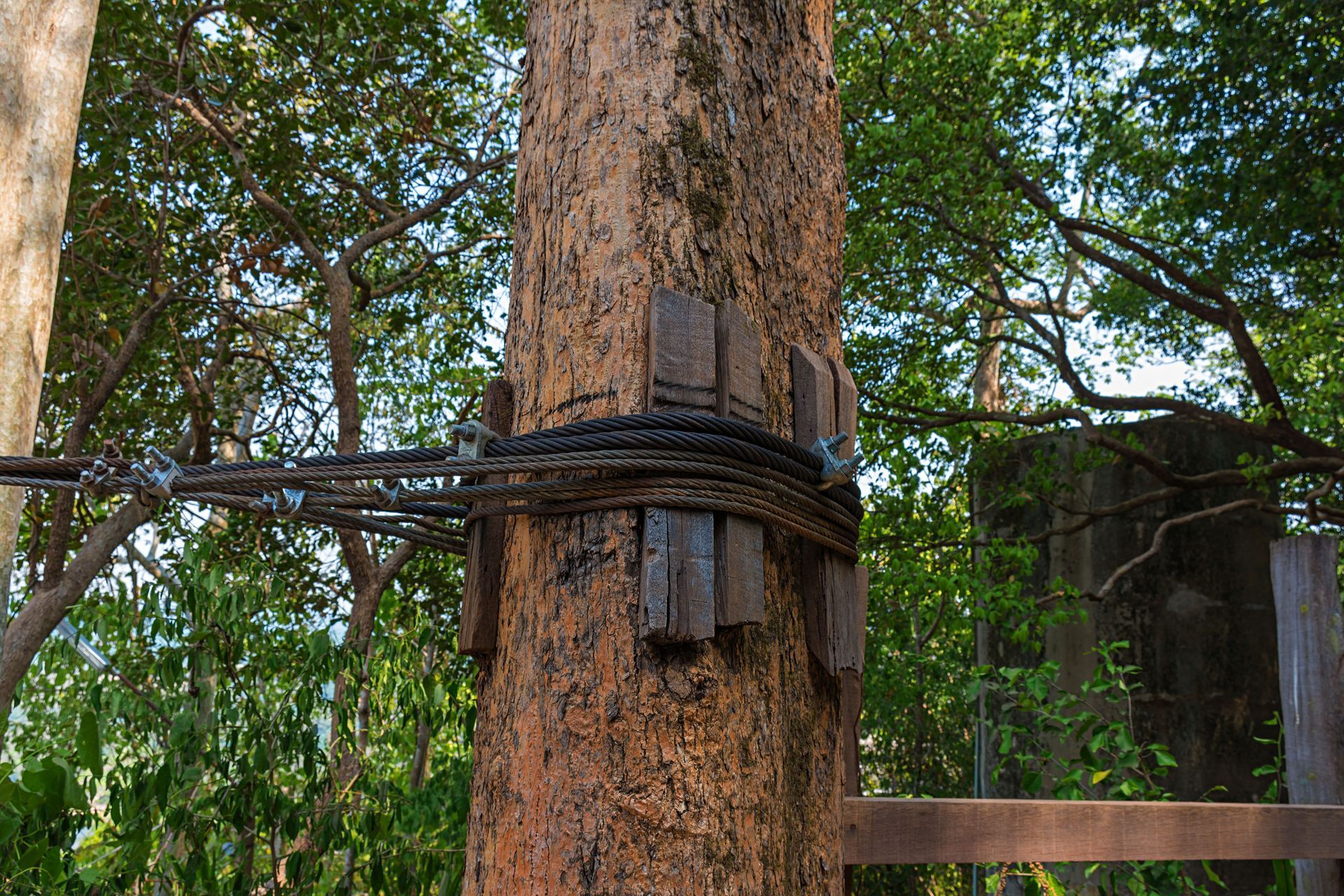
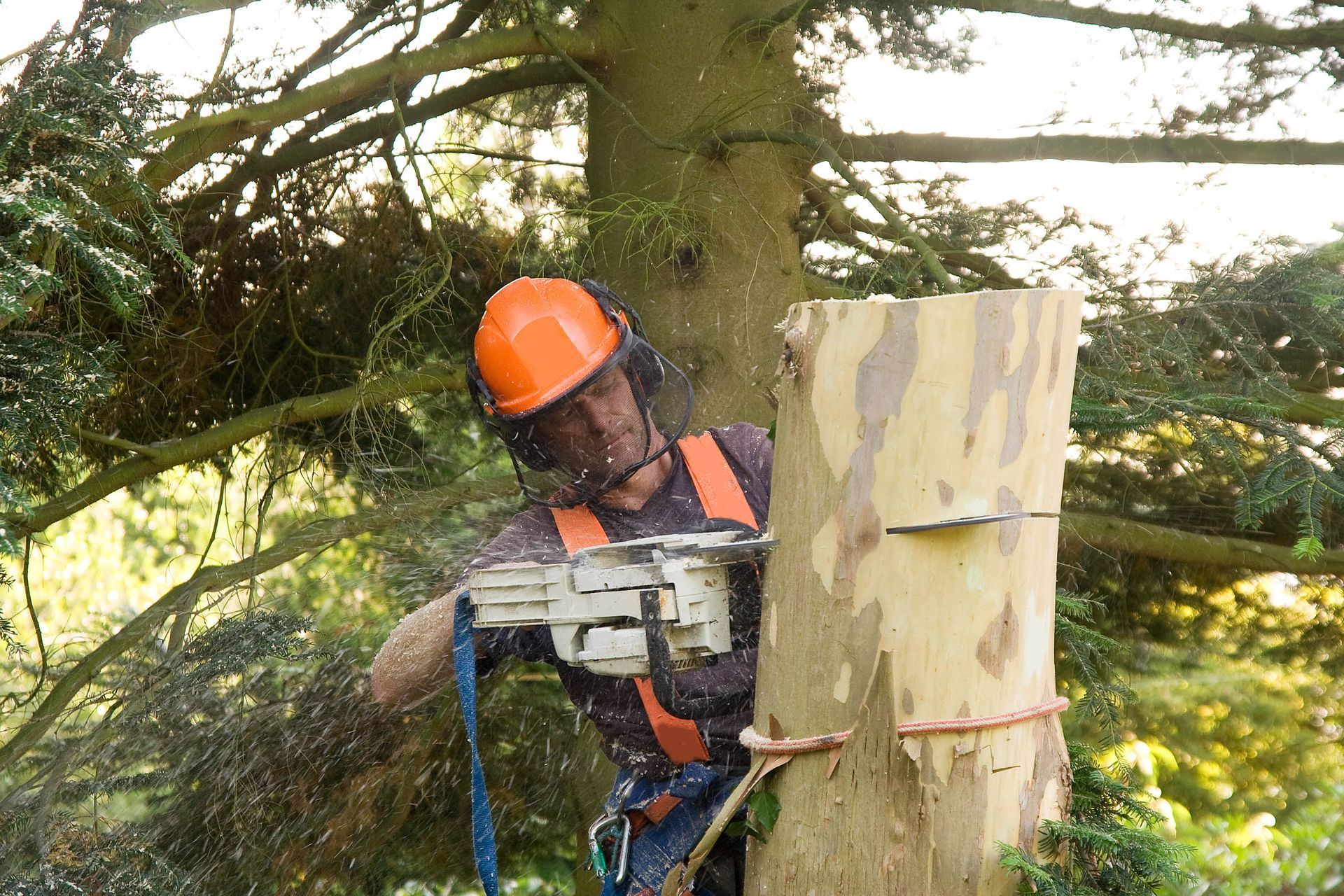
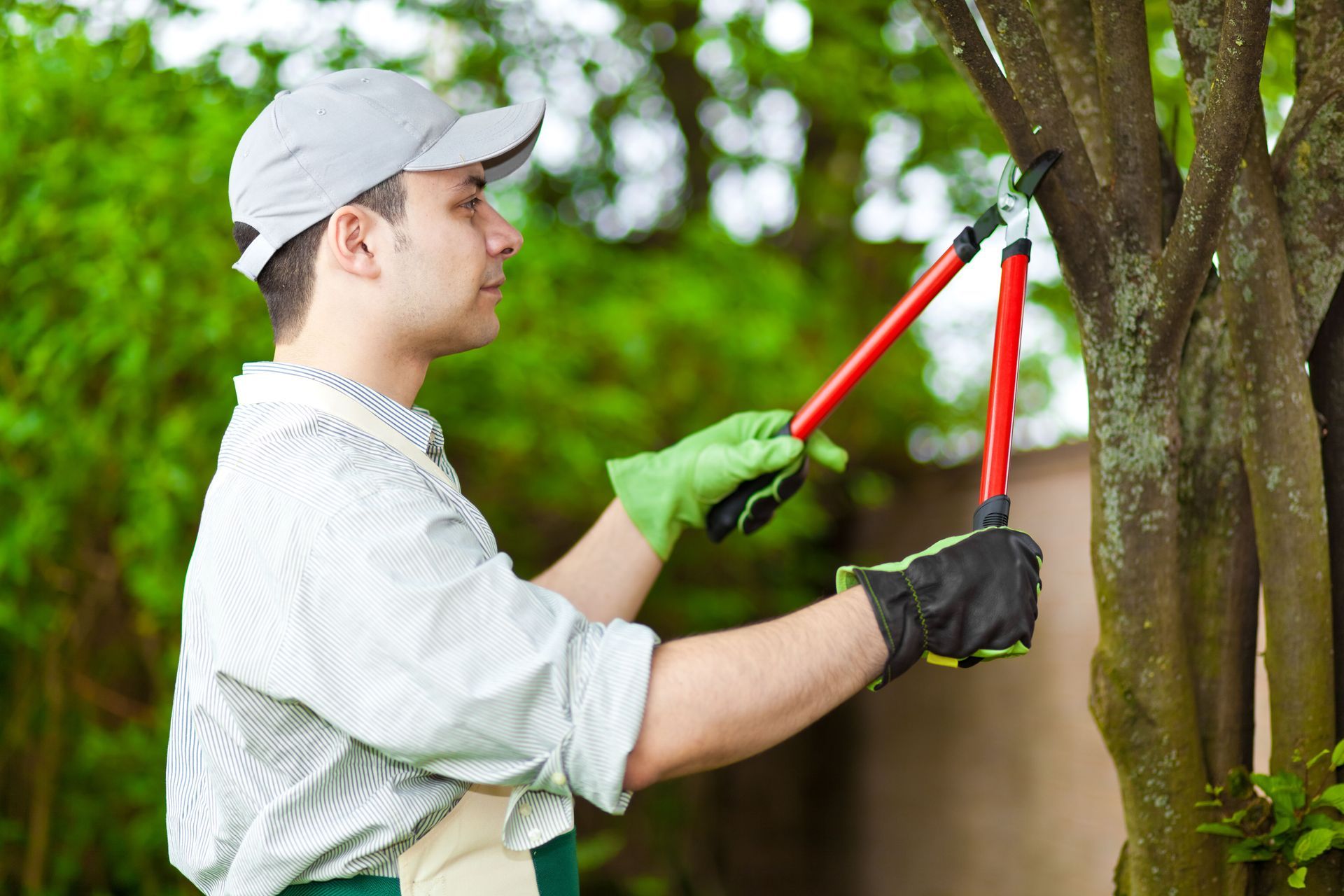
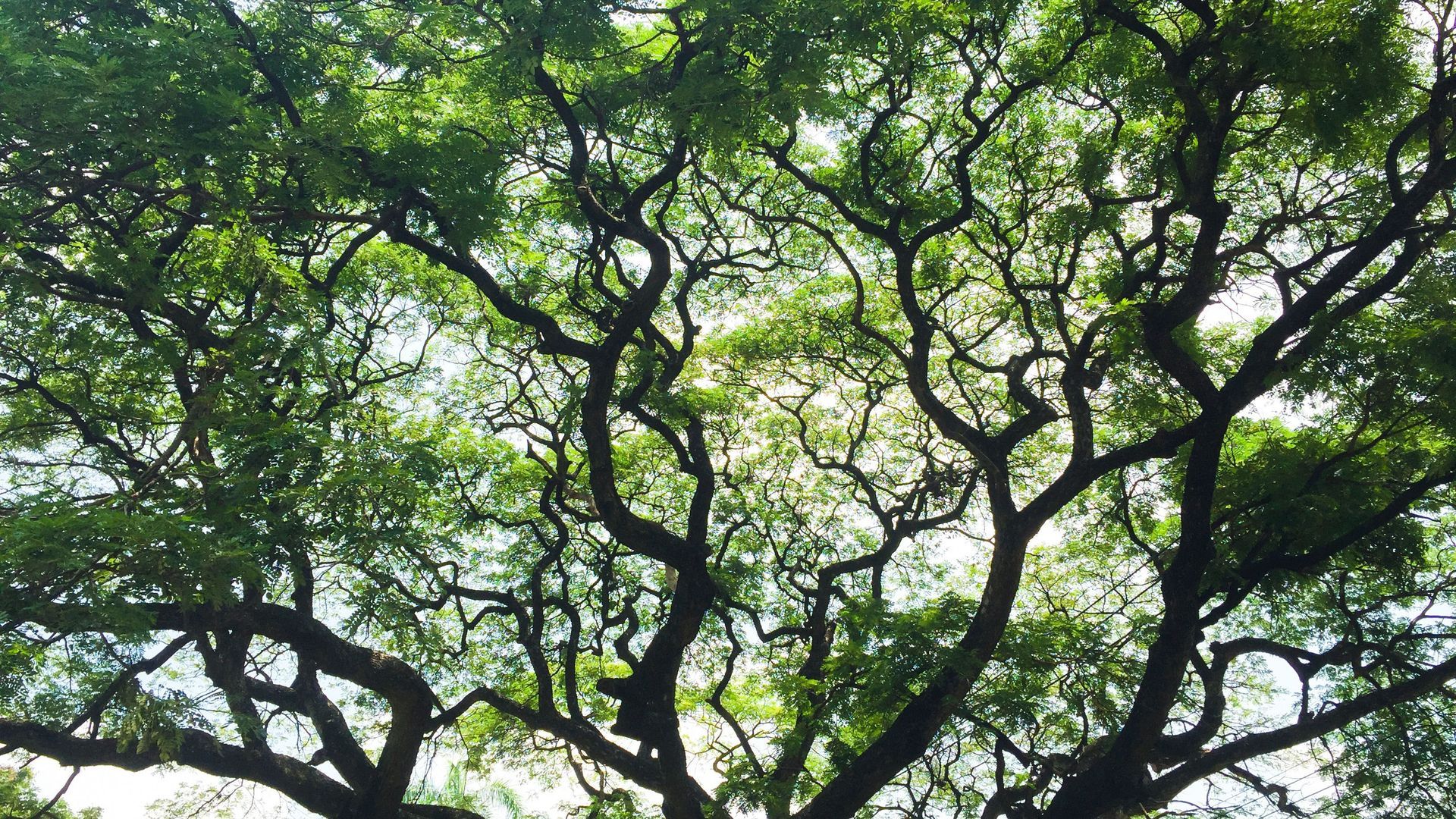

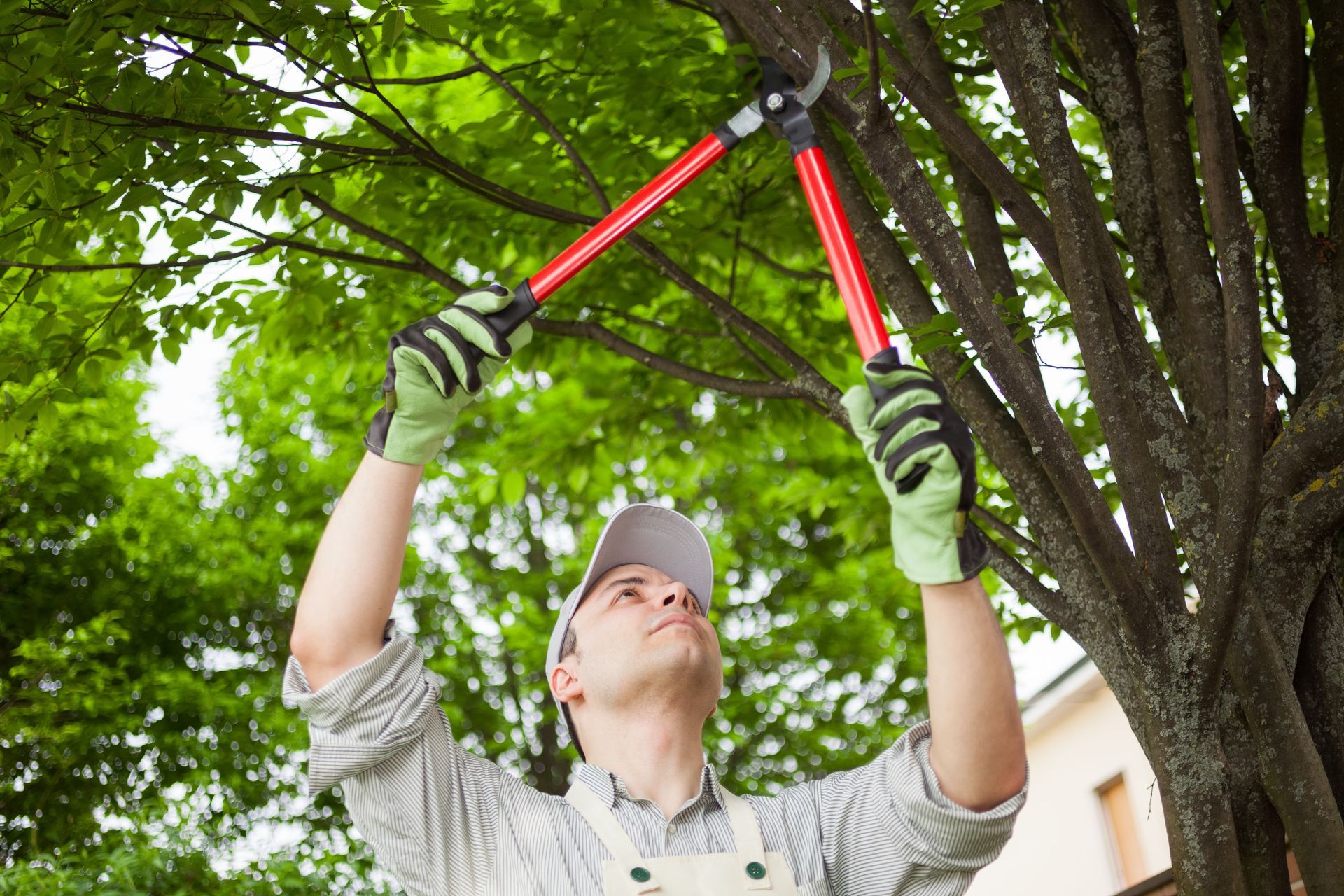
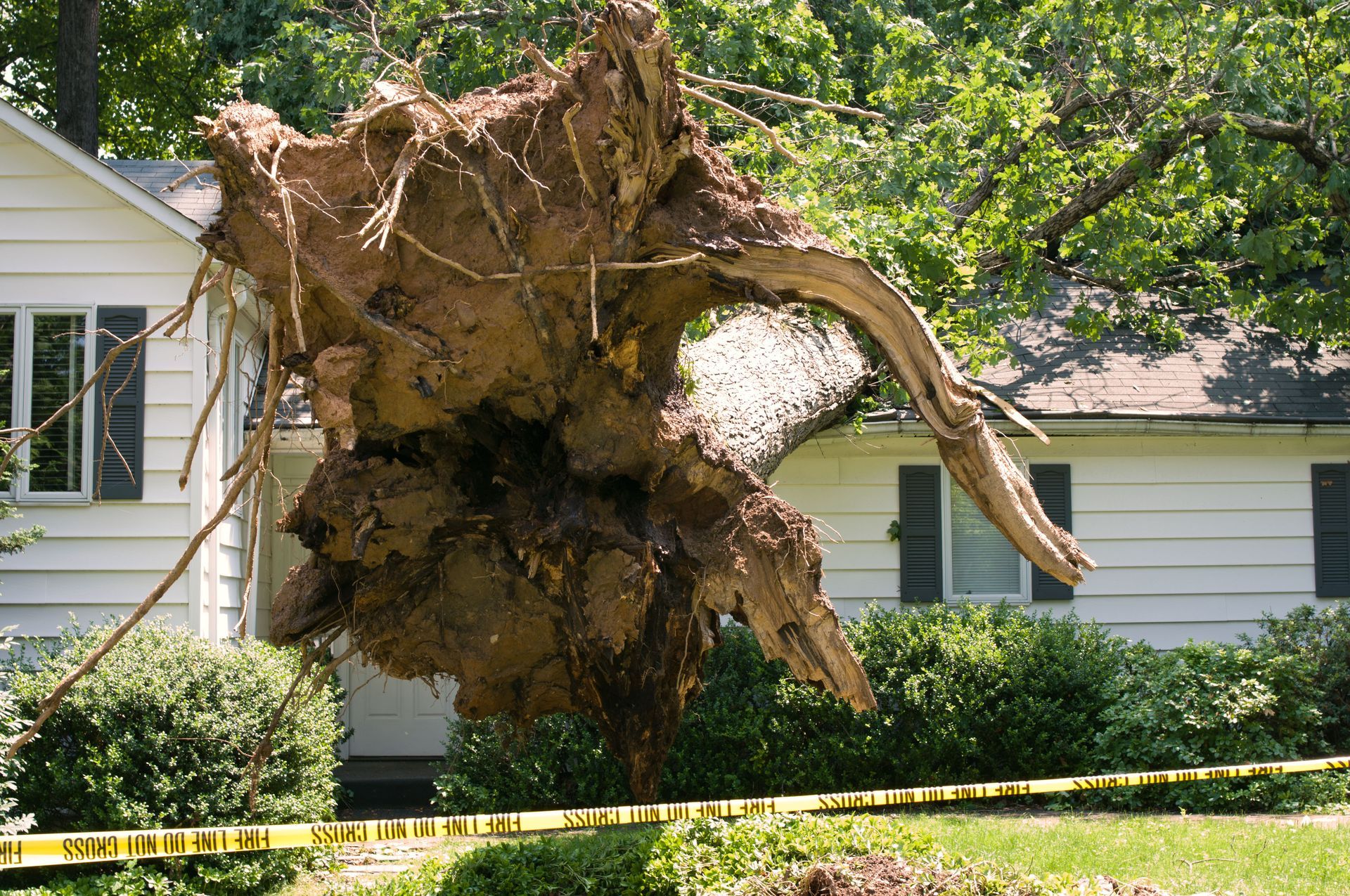

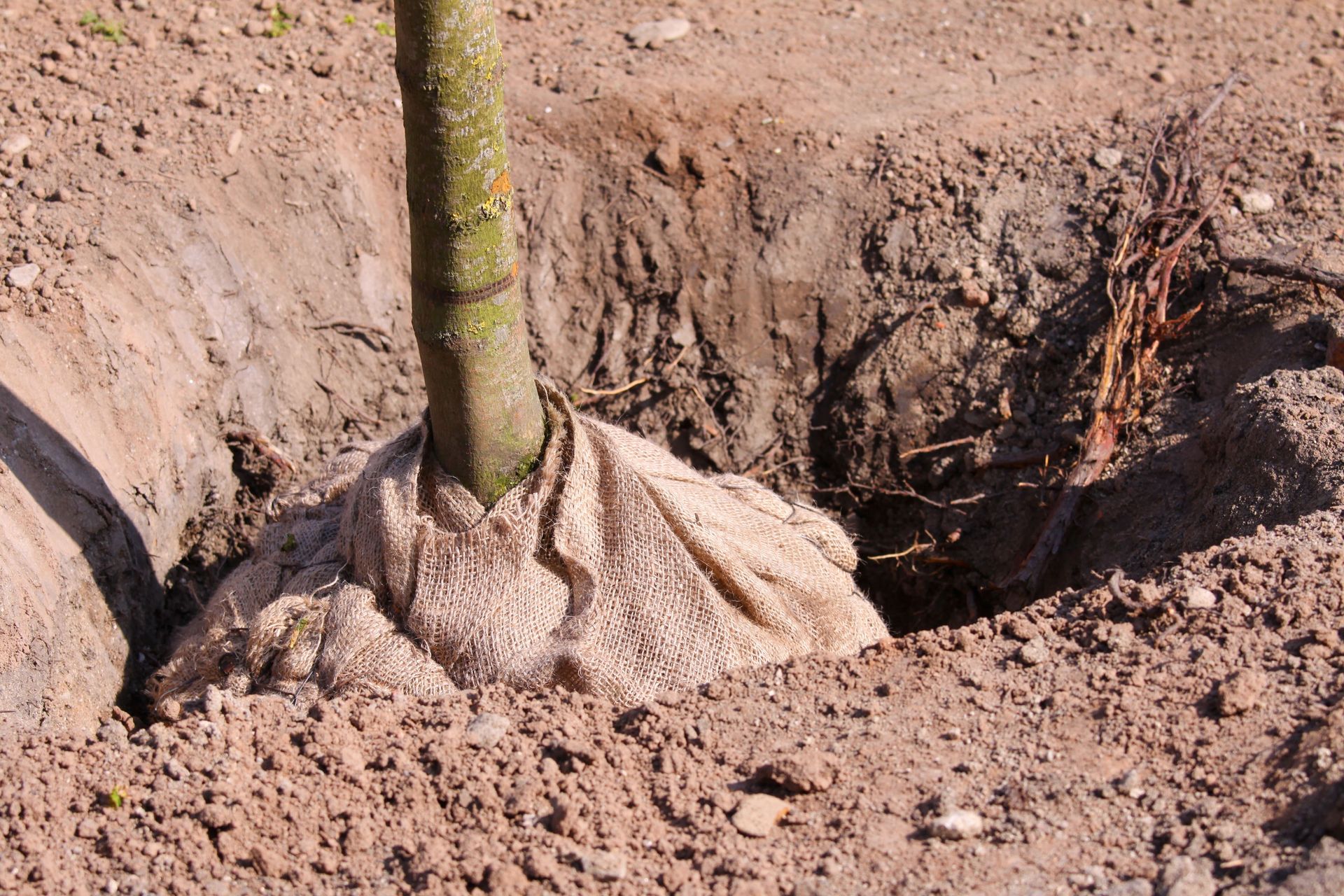

Share On: